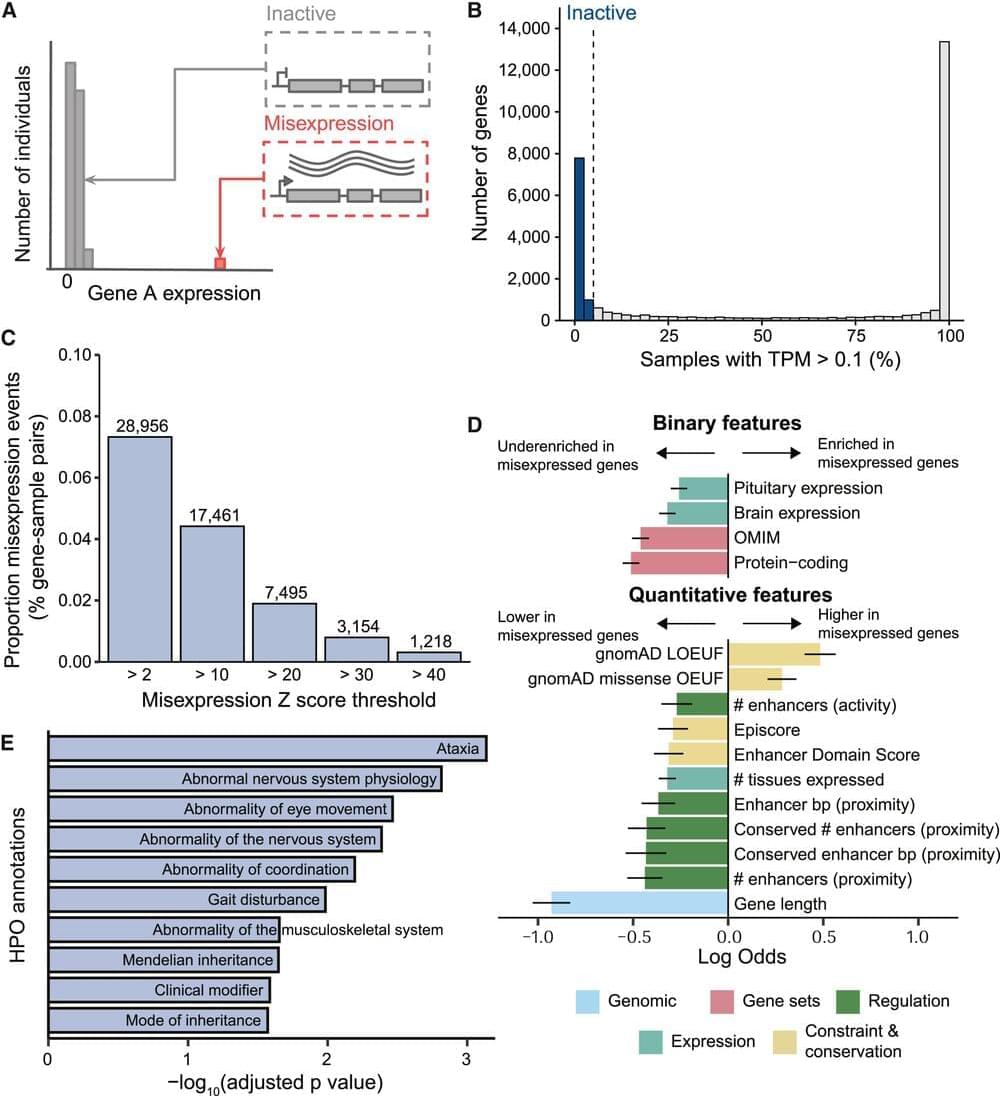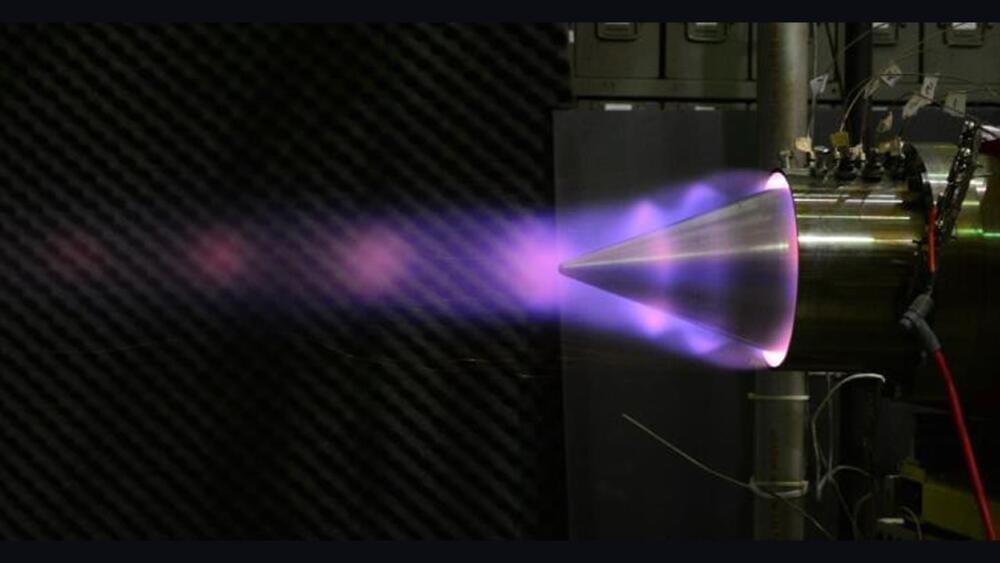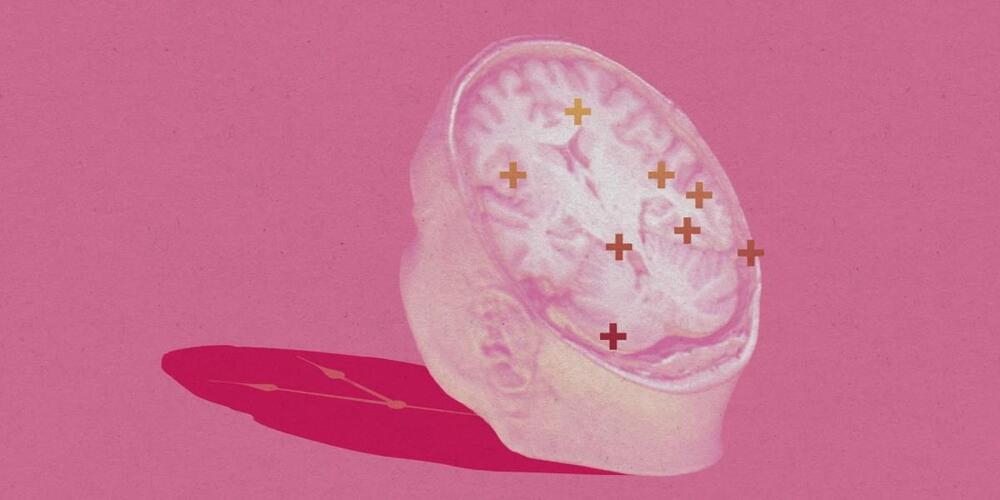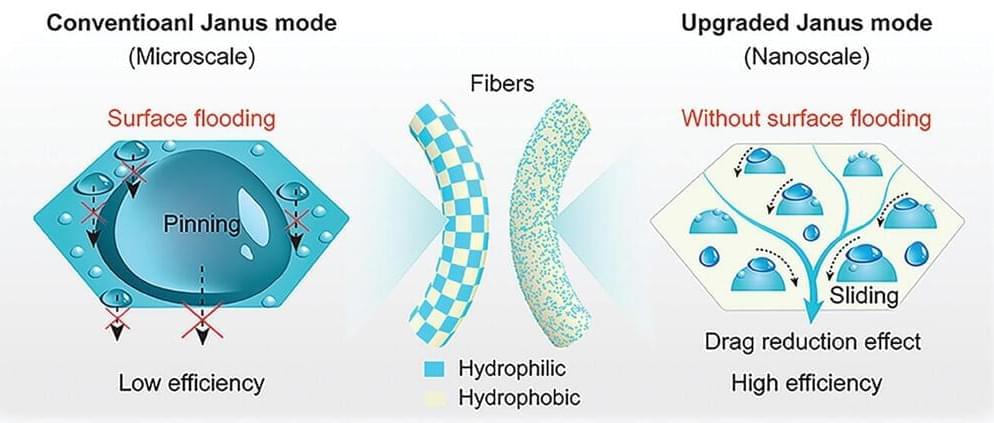Karl Friston is a leading neuroscientist and pioneer of the free energy principle, celebrated for his influential work in computational neuroscience and his profound impact on understanding brain function and cognition. Karl is a Professor of Neuroscience at University College London and a Fellow of the Royal Society, with numerous awards recognizing his contributions to theoretical neurobiology.
Listen on Spotify: https://open.spotify.com/show/4gL14b9…
Become a YouTube Member Here:
/ @theoriesofeverything.
Patreon: / curtjaimungal (early access to ad-free audio episodes!)
Join TOEmail at https://www.curtjaimungal.org.
LINKS: — karl’s previous TOE episode: • karl friston: the \






